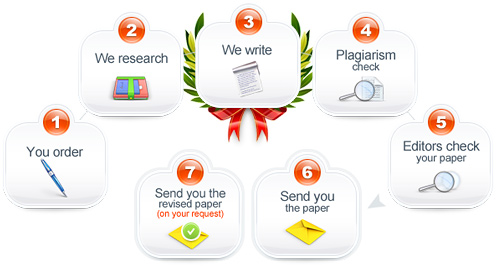ST3002 – Correlation and Regression
Open the file CAR Measurements using menu option Datasets and then Elementary Stats, 13th Edition in Statdisk. This file contains information, such as size, weight, length, braking distance, cylinders, displacement, city miles per gallon (MPG), highway MPG, and GHG (greenhouse gas emissions), for 21 cars.

Perform the following tasks to help you determine which car is right for you:
1. Scatterplots, Correlations, and the Correlation Coefficient
1A. Weight vs. Braking Columns
(i). Create a scatterplot for the data in the Weight and Braking columns. Paste it in your report.
(ii). Using Statdisk, calculate the linear correlation between the data in the Weight and Braking columns. Paste your results in your Word document.
(iii). Explain the mathematical relationship between weight and braking based on the linear correlation coefficient. Be certain to include comments about the magnitude (strength) and the direction (positive or negative) of the correlation. As weight increases, what happens to the braking distance?
ST3002 – Correlation and Regression
B. Weight vs. City MPG
(i). Create a scatterplot for the data in the Weight and the City MPG columns. Paste it in your report.
(ii). Using Statdisk, calculate the linear correlation between the data in the Weight and City MPG columns. Paste your results in your Word document.
(iii). Explain the mathematical relationship between weight and city MPG based on the linear correlation coefficient. Be certain to include comments about the magnitude and the direction of the correlation. As weight increases, what happens to the city MPG?
(iv). Compare the correlations for weight and braking distance with that of weight and city MPG. How are they similar? How are they different?
2. Linear Regression and Prediction
A. Let’s say that we wanted to be able to predict the braking distance in feet for a car based on its weight in pounds.
(i). Using this sample data, perform a linear regression to determine the line-of-best fit. Use weight as your x (independent) variable and braking distance as your y (response) variable. Use four (4) places after the decimal in your answer. Paste it in your report.
(ii). What is the equation of the line-of-best fit (linear regression equation)? Present your answer in y = bo + b1x form.
(iii). What would you predict the braking distance would be for a car that weighs 2650 pounds? Show your calculation.
(iv). Let’s say you want to buy a muscle car that weighs 4250 pounds. What would you predict the braking distance would be for a muscle car that weighs 4250 pounds? Show your calculation.
(v). What effect would you predict weight would have on the braking distance of the car? Compare the breaking distance of the 2650-pound car to the 4250-pound car.
(vi). Calculate the coefficient of determination (R2 value) for this data. What does this tell you about this relationship?
3. Multiple Regression
A. Let’s say that we wanted to be able to predict the city MPG for a car using weight in pounds, length in inches, and cylinders. Using this sample data, perform a multiple-regression line-of-best-fit using weight, length, cylinder, and city MPG.
B. Select City MPG (Column 8) as your dependent variable. Paste it in your report.
(i). What is the equation of the line-of-best fit? The form of the equation is: Y = bo + b1X1 + b2X2 + b3X3 (fill in values for bo, b1, b2, and b3). Round coefficients to three (3) decimal places.
(ii). What would you predict for the city MPG of a car whose (1) Weight is 3410 pounds, (2) LENGTH is 130 inches, and (3) Cylinders is 6?
C. What is the R2 value for this regression? What does it tell you about the regression?
4. Making Decisions Based on Data
A. Based on the information gathered in this task on the relationship between weight and braking distance and weight and city MPG, which of the 21 cars listed would you choose to buy, and wh
ST3002 – Correlation and Regression Related Posts:
- Inferential Statistics: T-test, ANOVA, Chi-Square, Correlation/Regression
- Correlation/Regression and Chi Square Excel Worksheet
- HLT 362 M5 Topic Five: Correlation/Regression and Chi Square
- Correlation and Regression with SPSS
- Correlation/Regression and Chi Square Excel Worksheet
- NURS 540 : data analysis plan for your research proposal using either t-test, correlation, chi-square, regression, ANOVA, ANCOVA, etc.
- Correlation And Regression
- Multiple Linear Regression
- Compare Hypothesis and Regression in Public Health
- Linear regression line and scatter plot
- Innovative, transformational, and experiential teaching and learning strategies
- Protecting Patient Data

